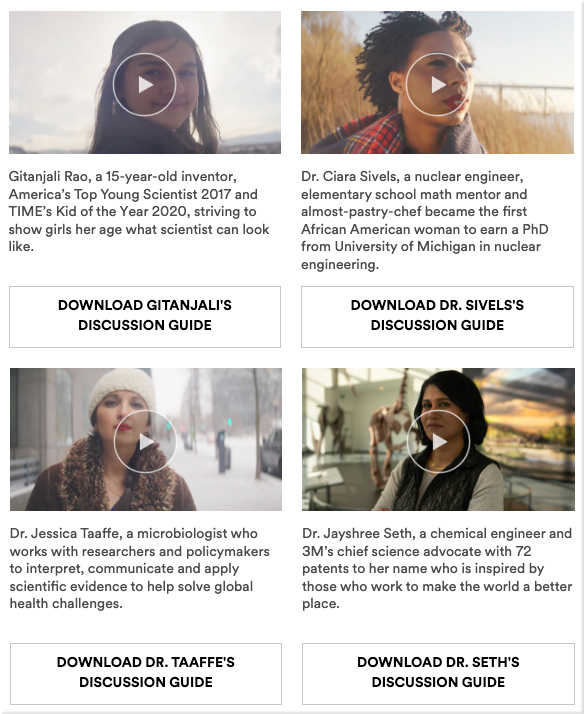On the plus side:
Automation & Higher Ed — from prawfsblawg.blogs.com by Orly Lobel
Excerpt (emphasis DSC):
I was delighted to see this thoughtful review of my new book The Equality Machine in Inside Higher Ed focused on some of the questions nearest and dearest to prawfs’ hearts: the future of the professor and higher education as AI becomes more and more part of our learning and teaching. In The Equality Machine, I have a chapter that considers robots and automation in education but does not delve into universities and higher ed. Here’s [an excerpt from] the review:
If the dream of creating high-quality/low-cost scaled online programs is ever to be realized, artificial intelligence—AI—will likely be the key enabling technology. The job of the AI in a scaled (high-enrollment) online course will be to optimally connect the instructor to the learner. The AI will determine when the human instructor should coach, encourage and engage with the learner—and when to hold back. The professor and the AI will collaborate to scale the relational model of learning that is the secret sauce of effective instructional practices.
Integrating faculty and AI to scale quality online learning is, to my knowledge, today more an idea than a reality. After reading The Equality Machine, however, I’m more hopeful than ever that this vision will come to fruition. While not focusing on higher education, the book provides enough examples of the transformative powers of digital technology to enhance human flourishing that some level of academic techno-optimism may be warranted.
.
On the negative side:
A Roomba recorded a woman on the toilet. How did screenshots end up on Facebook? — from technologyreview.com
Robot vacuum companies say your images are safe, but a sprawling global supply chain for data from our devices creates risk.
We Haven’t Seen the Worst of Fake News — from theatlantic.com by Matteo Wong; behind paywall
Deepfakes still might be poised to corrupt the basic ways we process reality—or what’s left of it.
From DSC:
It seems to me one of the key potential values that journalism can provide us with is finding out and reporting on the truth. On curating items that are true.
The Spawn of ChatGPT Will Try to Sell You Things — from wired.com by Will Knight
Companies are exploring how to adapt powerful new chatbot technology to negotiate with customer service—and to persuade humans to buy stuff.
Excerpt:
ChatGPT, the recently viral and surprisingly articulate chatbot, has dazzled the internet with its ability to dutifully answer all sorts of knotty questions—albeit not always accurately. Some people are now trying to adapt the bot’s eloquence to play different roles. They hope to harness the AI like that behind ChatGPT to create programs that can persuade, cajole, and badger with super-human tenacity—in some cases to empower consumers but in others to win sales.










